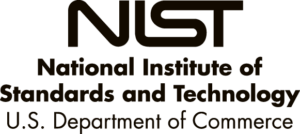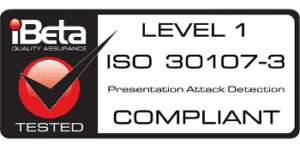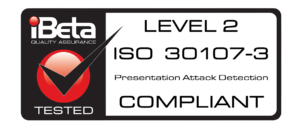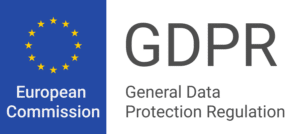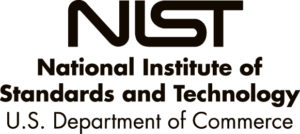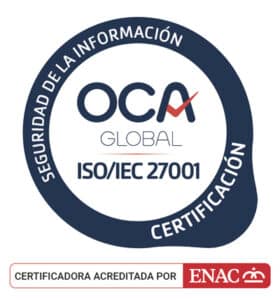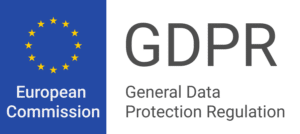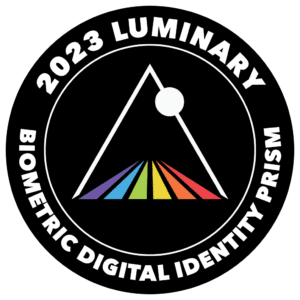Introduction
78% of users forget a password in their personal life, and 57% require a password reset in their work lives.
Cyber fraud crimes already account for 25% of those reported to different police forces in Spain.
Have you forgotten your password?
Who hasn’t forgotten a password in the last few weeks? Who hasn’t received an email warning that someone had accessed your account and asking you to reset your password? In our personal and professional lives, we access dozens of platforms where we need to carry out transactions, manage or view content, and require a high or very high degree of security. Any process in online banking (balance inquiries, transfers, etc.), making purchases in marketplaces, accessing email, dealing with the administration, or accessing our social networks are examples that we all perform in our daily lives and in which we must access with dozens of passwords and double authentication steps, which means an increasing problem for the customer in terms of user experience and security.
How many passwords do you have memorized to access the dozens of platforms you use weekly? How many times do you have to reset your password because you have forgotten it? Why does each forum require users to have different types of passwords to validate their secure access? Why can’t we make the experience easier and safer for our customers? According to an American study, 37% of users have more than 20 passwords, 78% of people forget at least one password every three months, or 57% have reset a password in the last 90 days.

All this problem is generated because companies, software, administrations, or platforms offer three ways to verify the identity of users when accessing their accounts. With voice biometrics, these ways are becoming obsolete:
- Passwords: something that the user knows must memorize that and that, on many occasions, are altered by the platform itself (it forces you to put numbers, capital letters, symbols, etc.). This security tool is straightforward to forget and hack.
- Questions: The user knows and is verified through questions from a person or from the platform you are accessing. This verification system has low security because it is easy to impersonate people (many people can answer questions about the home address, ID, mailing address, etc.). In addition, they are very long processes (between 30 and 45 seconds) and not very user-friendly for the user.
- Digital Token: The user has an authentication SMS that they receive in their cell phone or email. This system indeed increases the security of the process, but it is easily overcome in case of theft of the device or a duplicate SIM card, known as SIM Swapping. In addition, it significantly worsens the user experience by forcing the user always to have a machine nearby and making the process too long… So, the more security, the less user experience? At Veridas, we don’t think so.
These access formulas have proven to suffer from serious security problems and cause a constant worsening of the user experience.
37% of those surveyed by the HYPR study have more than 20 passwords in their personal life.
56% of users never change their passwords, and 42% of Internet users claim to use the same password for all their services.
Forget your passwords, just be you!
What solution do we suggest? That users forget all their passwords and only need their voice. Thanks to voice biometrics, we can verify people’s real identity in just 3 seconds of their voice, in any language, without the need to repeat anything in particular, with greater security and in any communication channel or platform, whether face-to-face or remote. In short, we move from presumption (what you know or what you have) to certainty (what you are) when it comes to identification. Sounds better, doesn’t it?
This technology represents a revolution in identity verification processes for accessing platforms, bank payments, or call centers, among many other sectors. Voice biometrics will mean the end of the use of passwords and the inclusion in everyday life of a truly robust tool against fraud and cybercrime.
Veridas voice biometrics is the fastest software technology for user registration (only 5 seconds) and verification (only 3 seconds). In addition, and thanks to its technological development based on Artificial Intelligence (neural networks), it is a very robust anti-fraud tool, with anti-spoofing techniques designed to detect pre-recorded voices. Our solution analyzes the similarity of the vote and its authenticity (if it is accurate or pre-recorded) with an efficiency percentage of more than 99.5%.

Artificial intelligence generates from each voice a «biometric vector» (a code of numbers) that is irreversible (no one can go back and recompose that voice), and private, since from Veridas we design all our technology under the strict data privacy policy, complying with GDPR and CCPA. In addition, and to add a higher degree of security, this biometric vector is not interoperable in any other digital system, so it has no use beyond verifying the person’s real identity to whom it belongs.
Veridas Voice Biometrics is an internationally recognized solution. The performance of the Veridas biometric engine is evaluated by the National Institute of Standards and Technology (NIST) in the United States, whose function is the continuous evaluation of different biometric solutions and does so completely free of charge and transparently. In addition, Veridas voice biometrics technology was awarded second place worldwide in the SdSV Challenge in 2020, a competition that evaluates different biometric engines under extreme conditions.
Veridas’ voice biometrics solution is already in use around the world. One of the most prominent cases is Deutsche Telekom, Europe’s largest telecommunications company, which includes Veridas’ solution for authenticating users using only their voice.
What if we finally do away with passwords?
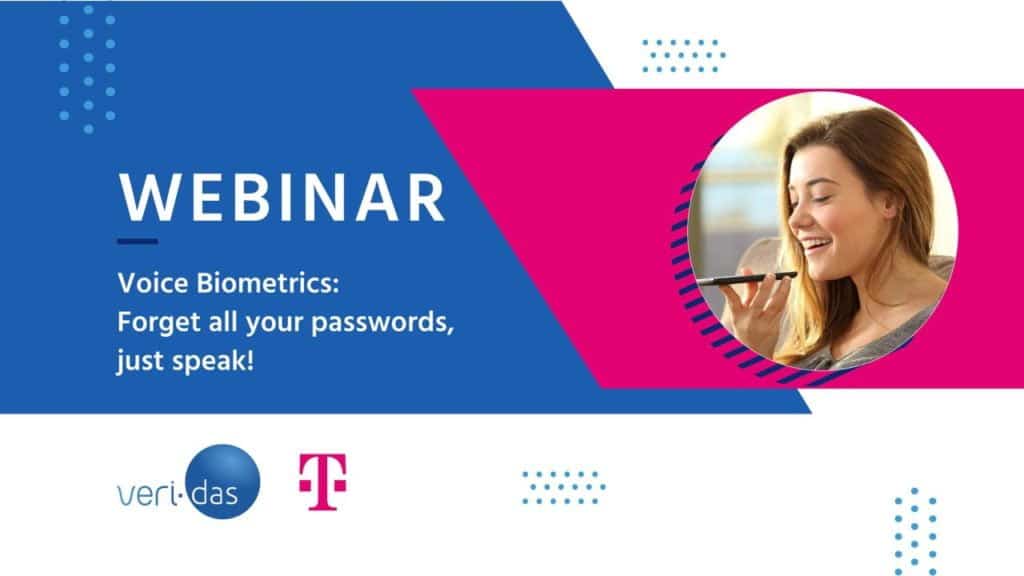
Suppose you want to learn more about the advantages and benefits of voice biometrics. In that case, we suggest you know first-hand how our client Deutsche Telekom applies this technology to optimize costs and improve the user experience.
Find out in our webinar.










